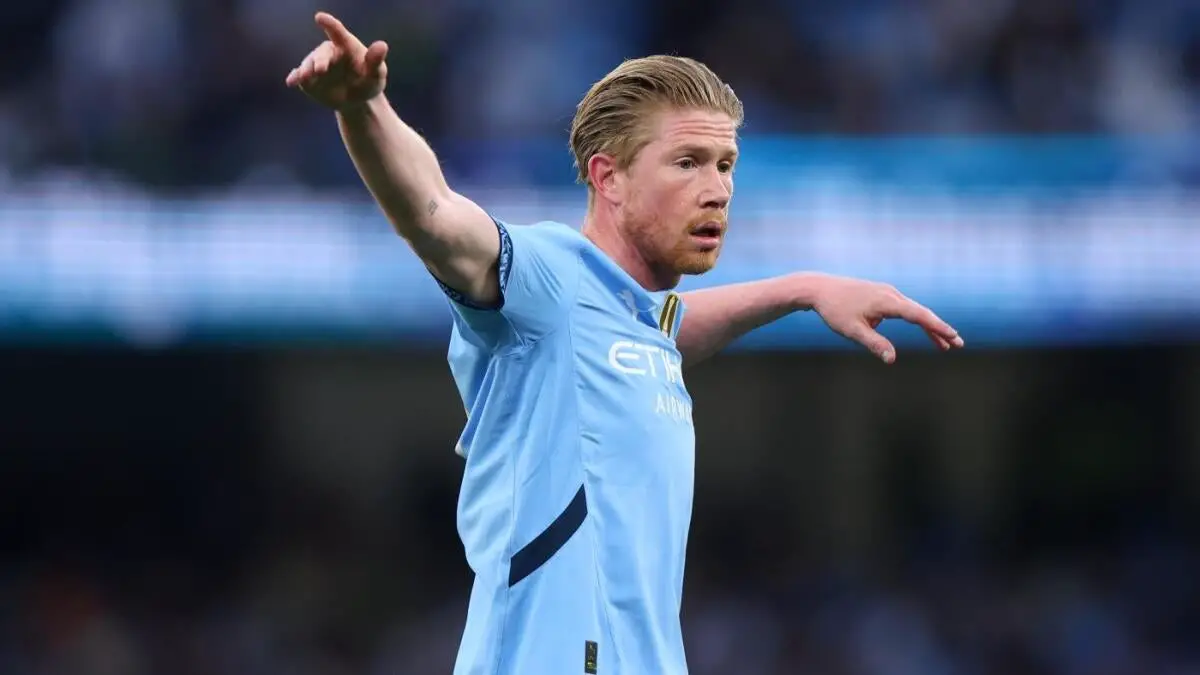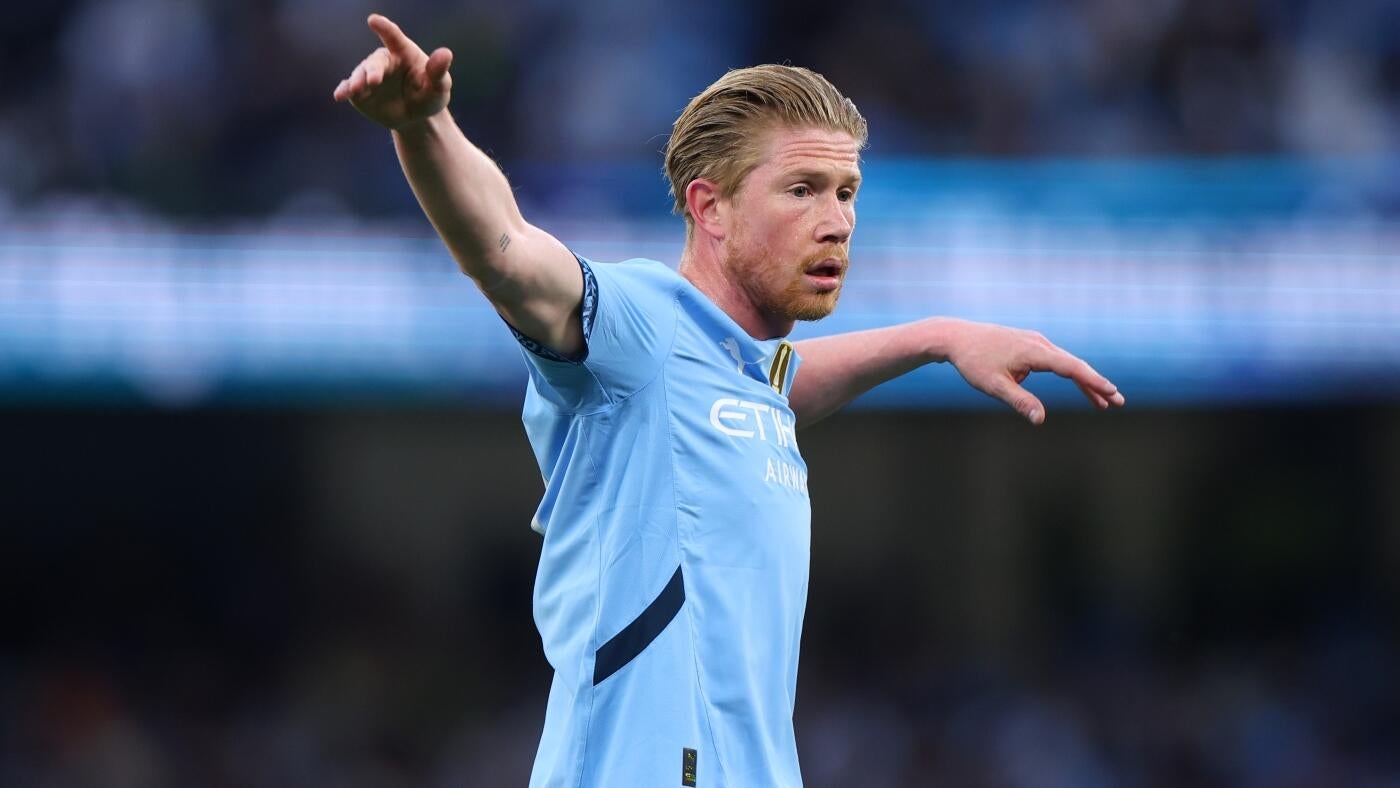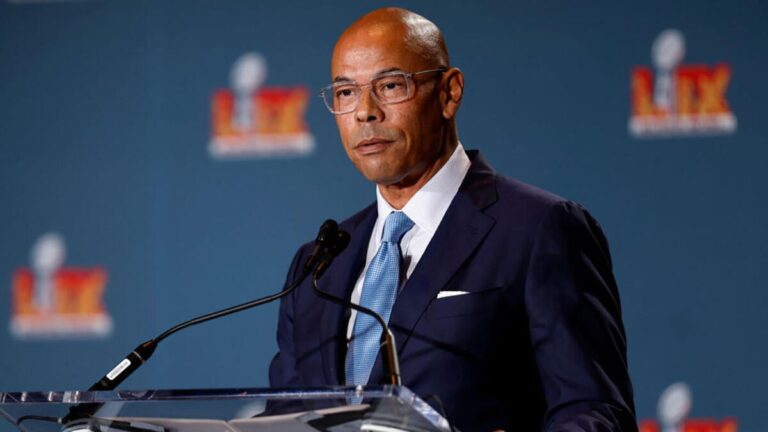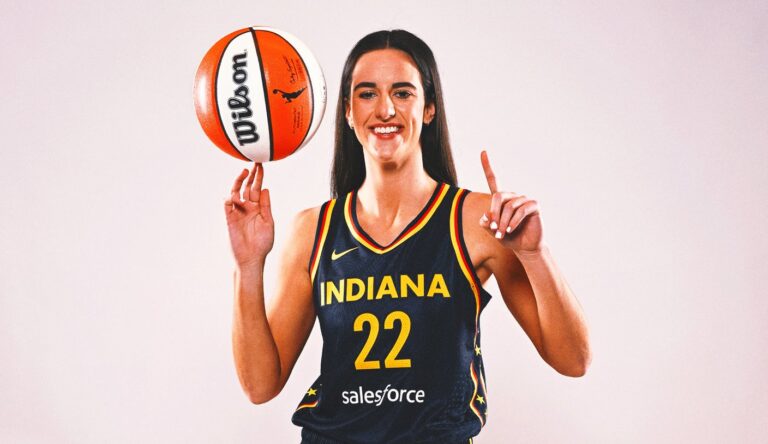

MLS Discovery Rights: What are they, how do they work, what they mean for Kevin de Bruyne’s future
MLS Discovery Rights: What are they, how do they work, what they mean for Kevin de Bruyne’s future

Because Major League Soccer is a Salary Cap League, there are many schedule mechanisms that are different from those that can usually be seen in the worldwide football game, the use of general allocation money to buy players and buy salaries to have a concept for players coming from the university. Mechanisms such as these are standard for American sports fans, because every competition has peculiarities that are accompanied by it, but because of the global reach of MLS and its place in the global football market, more people start to learn about these peculiarities by day.
One that has occurred a lot because players such as Marco Reus and Lionel Messi came to the competition is discovery rights and the discovery list.
So what do they mean?
What are discovery rights?
This has been formed since the competition in 1996 was formed and enables a team to mention a maximum of five players who are not contraction with MLS or are linked to another allocation mechanism. These players cannot be current MLS players, players who have previously played in MLS, who are eligible, eligible players or from their own soil, or free agents, together with a few other provisions. A team can add or remove someone from their list at any time and there is no limit to how many players who can be signed via this mechanism.
If several clubs want to add the same player to this list, the person with a claim on an earlier date has the right to the player, but if they were added on the same day, the club has priority with the lowest points per game.
Law movement
If a club removes someone from their discovery list, another club can add him, which was the case with Kevin De Bruyne. The Belgian was on the list of San Diego FC, but when they had to crop their list from seven to five players (expansion sides may be an extra two players to schedule compliance), Inter Miami added the Belgian to their list. The Chicago Fire is reportedly interested and are the favorites to sign it Because Inter Miami has all their three assigned players. Another way to move the rights of a player is that a team can offer $ 50,000 to GAM in exchange for the right to sign a player. At that time, the team must accept the money and give their rights to or make the player a real offer.
That can lead to negotiation between teams, that is how Marco Reus’s rights ultimately cost the La Galaxy $ 400,000 dollars, which is still the highest amount that is paid for discovery rights. It is said that Reus wanted to become a member of the Galaxy about Charlotte when he left Dortmund, but because Charlotte made a real offer, they did not have to accept the first offer, which led to negotiations where they had leverage.
What could come afterwards?
Of course the giant situation leads to the question of what if Charlotte did not come to an agreement and he was not allowed to sign at the Galaxy? That is something that could ultimately be a bad look for the competition, but that kind of scenarios are also on the radar of MLS that is progressing.
“We look at things that will not only streamline it, but also the conflict that takes place between teams, both of which seem to think that they should have the discovery rights on a player, and that was put on our agenda for this year by the Sporting Competition Committee,” said MLS EVP of player strategy and Relatives TODDD DURBIN. “We look at things like … having a fixed type of compensation that moves among teams, so there is no friction and perhaps the number of players that can actually discover.”


